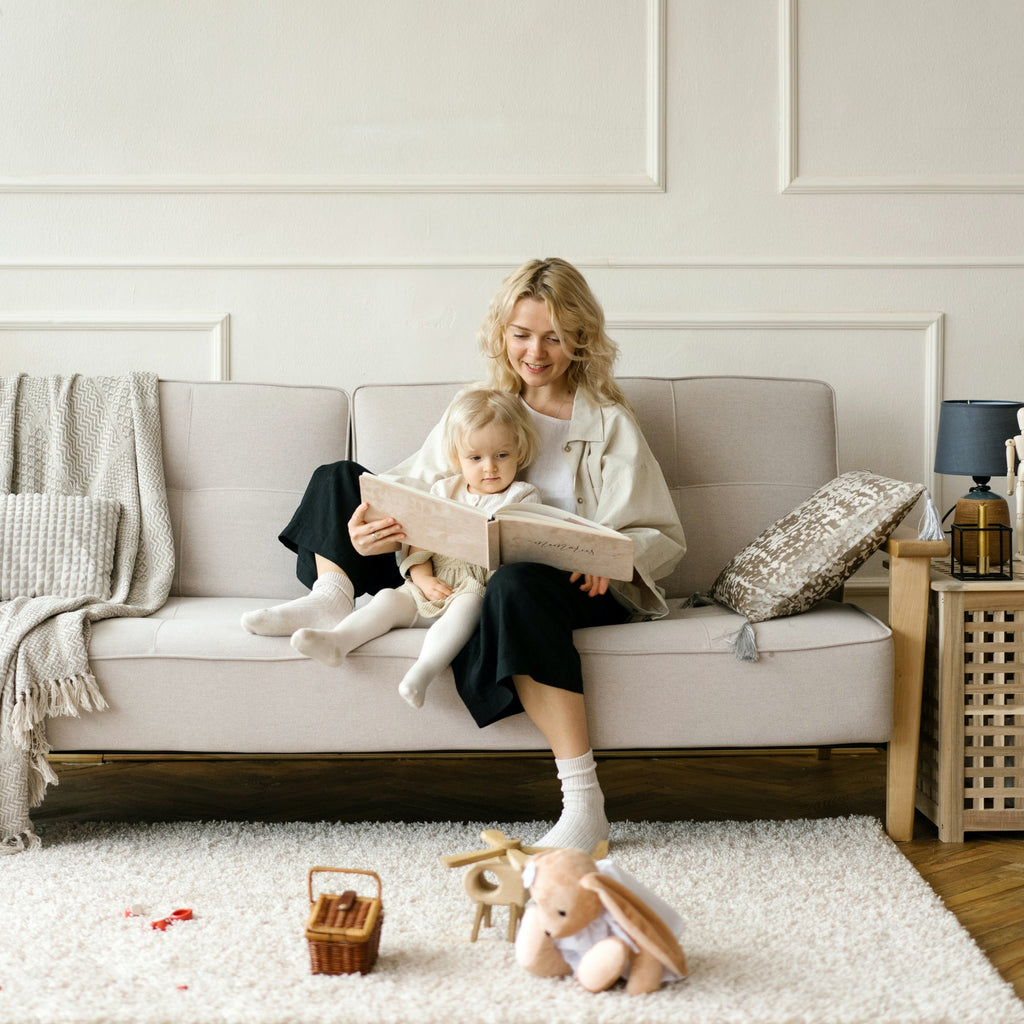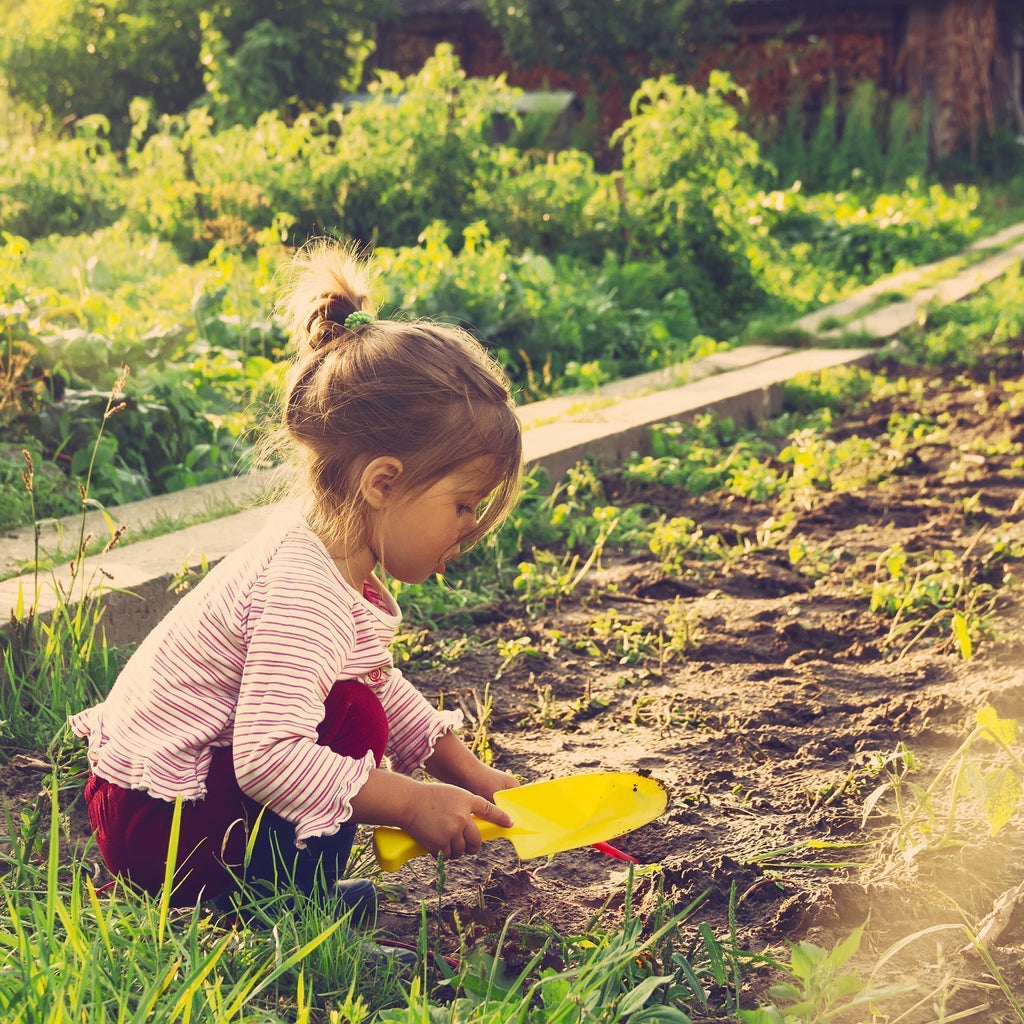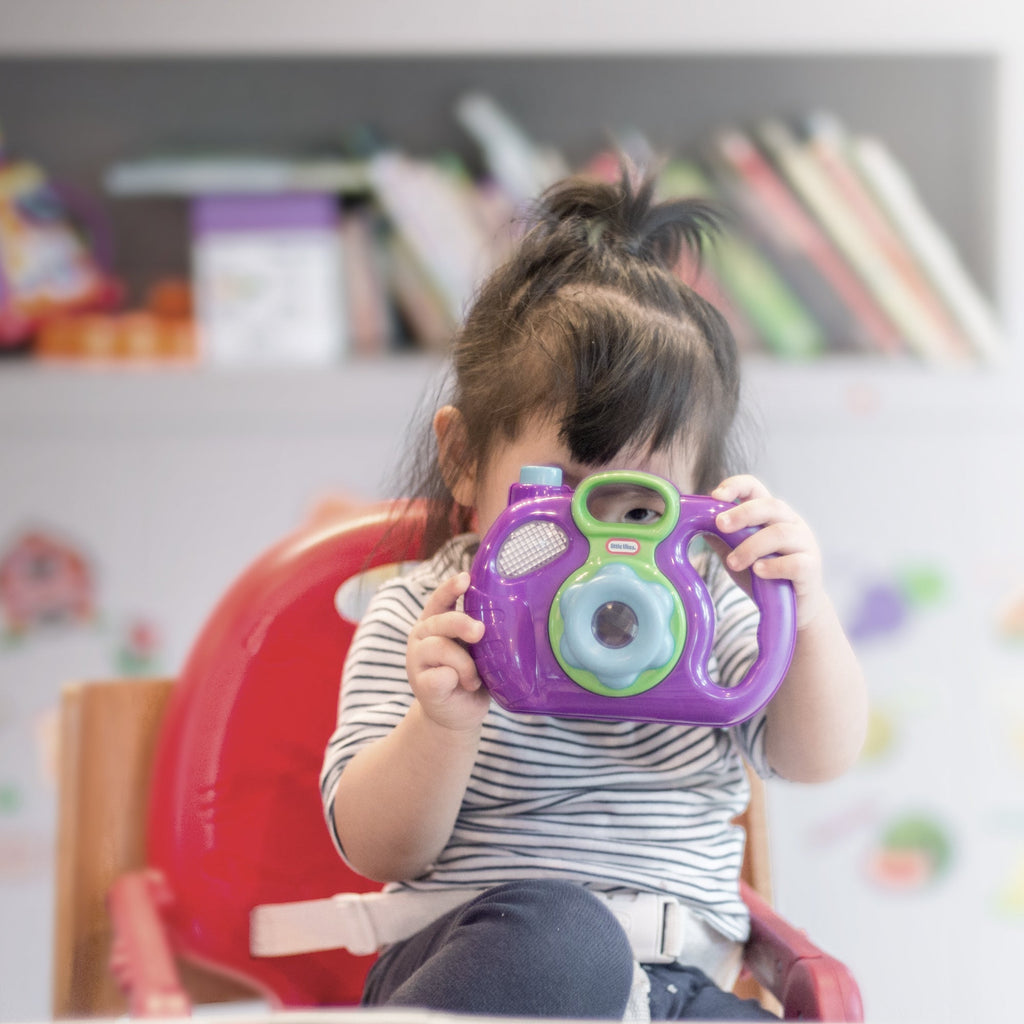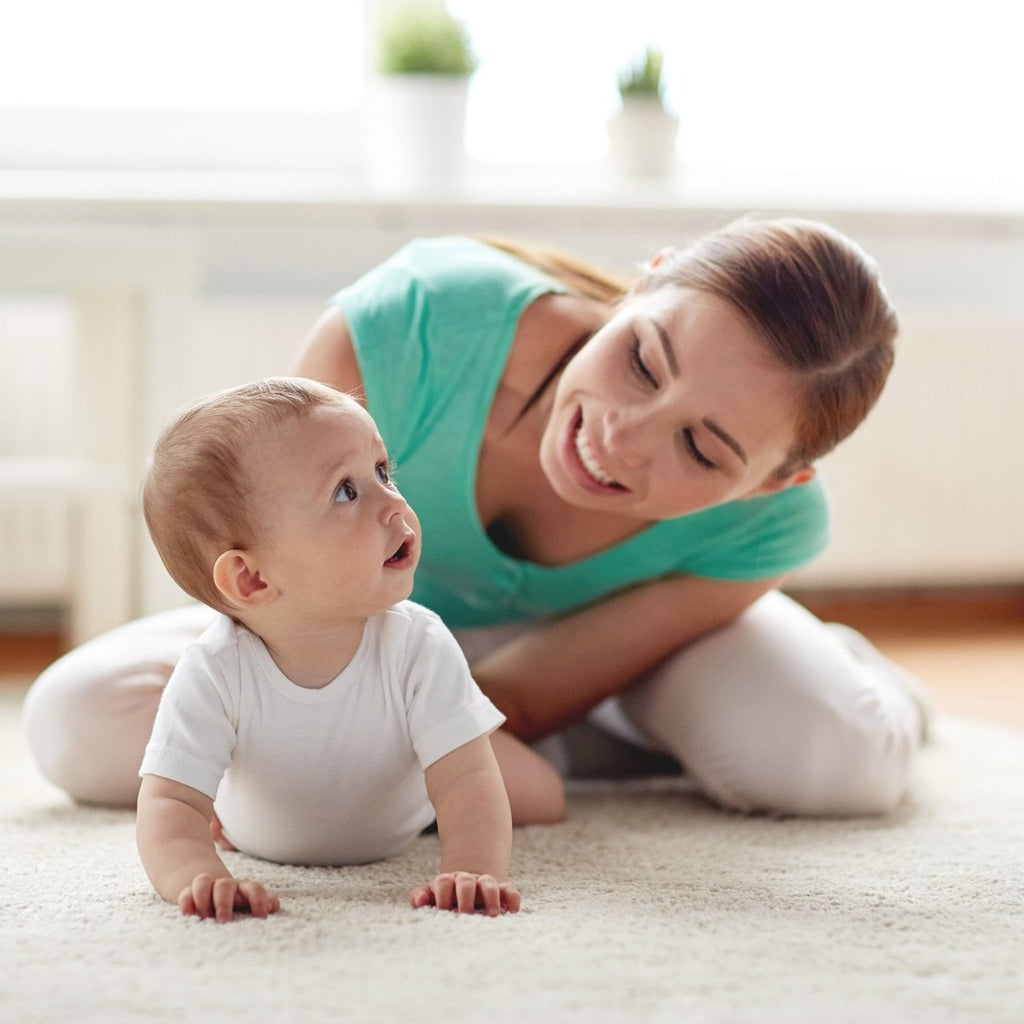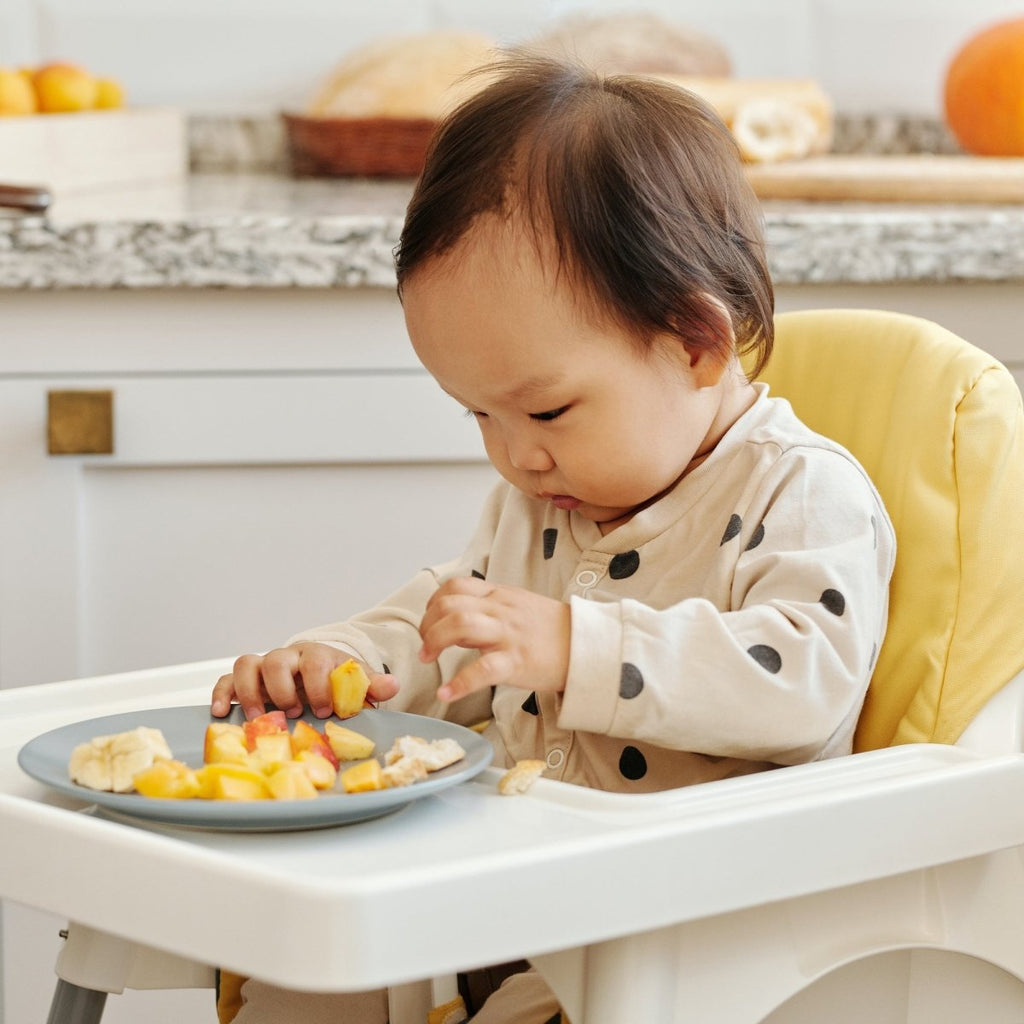Baby-led weaning: A parent's guide to BLW and starting solids
April 24, 2023
What is baby-led weaning (aka BLW)?
Baby led weaning (sometimes abbreviated to BLW) is a method of helping your baby transition to starting solid foods, which should be done around 6 months of age because your baby will get all of their nutrients from breast milk or formula up until then. Starting solids before 6 months is not recommended unless advised by a doctor or dietitian due to the risk of choking.
When you're ready to introduce solid foods into your baby's diet, there are many options available that can help ease the transition from milk-only meals into more complex ones. These include:
When to start introducing solid foods
A lot of parents wonder when they should begin introducing solid foods to their babies. The answer depends on your child's developmental stage and individual needs, but most experts agree that it's best to wait until 6 months old or later, then introducing puree as a first food. Before this age, babies don't have enough teeth or coordination skills (or interest) in eating solid foods on their own.
If you do decide to start earlier than 6 months old, keep in mind that there may be risks involved with introducing solids too early–especially if your baby has allergies or other health conditions like asthma or eczema.
How to start baby-led weaning
Before you start, it's important to make sure that you have all the necessary supplies and equipment for baby led weaning.
- A highchair or booster seat for your child to sit in while eating, and a splat mat (aka high chair mat) to go under where they are eating.
- A silicone plate or bowl for each mealtime that can be easily cleaned, as well as baby safe utensils (spoon, fork and knife). If you are using a plate rather than a bowl, make sure it has deep sides so some of the food stays in place when your baby is eating from it.
- You may also want to have a bib or smock on hand, or plan on them dining in just a diaper for easier cleanup.

How to introduce baby-led weaning foods
There are several ways to introduce baby led weaning, but the most important thing is to make sure your child is ready for it. The best way to do this is by introducing solid foods at around 6 months old, when their digestive systems are mature enough and they can sit up unassisted. If you're still unsure about whether or not your child is ready for BLW, talk with your doctor or pediatrician before proceeding further.
You can get started once you've determined that your little one has reached their developmental milestone and has no medical conditions preventing them from eating solids (such as allergies).
Best first foods for baby led weaning
If you're wondering what types of foods are safe for baby led weaning, here are some tips:
- Make sure the food is age-appropriate for your little one's stage of development, possibly starting with puree as their first food. For example, if your child is just learning how to use their hands and mouth effectively, they might not be ready for hard pieces of meat or fish yet–stick with soft finger foods like bread or pasta until their motor skills develop further.
- Avoid giving any foods that have been recalled by the FDA due to safety concerns (e.g., eggs).
- An assortment of foods could include fruits, vegetables, meats and dairy products such as soft cheese cubes or yogurt melts.
How to monitor your baby’s progress
As you begin the process of baby led weaning, it's important to monitor your baby's progress. For example, if your child is not eating enough food or drinking enough milk, then you may need to adjust the amount of food they eat at each mealtime, ensuring each piece of food is appropriate for their age.
If your child has started on solids but is still having trouble chewing them properly (for example if they are still gagging), then try cutting down on the size of pieces until they are manageable.
Common challenges of baby-led weaning
There are some common challenges that you may face while trying to baby-led wean your child.
- Your baby might not be ready for solids yet. If this is the case, then don't force it! Wait until they're ready and then begin introducing new foods in small amounts.
- If your baby has a sensitive tummy or digestive issues, try starting with pureed foods instead of finger foods until their body adjusts to solid food better. This will help them avoid discomfort while they get used to eating solids after being exclusively breastfed for so long (or formula fed).
- If your little one doesn't seem interested in eating much at first, and especially if they're not grabbing food out of their hands like other babies do–don't worry! It could just mean that they need more time before being able to try new things independently; keep offering them different tastes throughout each day until something catches their interest, introducing a variety of food to keep them engaged.

Pictured: Wildcubz Splat Mat (Dots on Dots)
Safety tips for baby-led weaning
There are some risks associated with this type of feeding method which parents should be aware of before starting BLW.
- Always supervise mealtime: Keep a close eye on your baby while they explore new foods to ensure they're safely eating and prevent any potential choking hazards.
- Offer age-appropriate foods: Select soft, easily graspable pieces of food that can be mashed between your fingers to minimize risk of choking, and avoid small, hard items like whole nuts or raw carrots.
- Teach proper eating habits: Encourage your baby to sit upright while eating, take small bites, and chew thoroughly, fostering a safe and healthy environment for their self-feeding journey.
Benefits of baby-led weaning
There are many benefits to baby led weaning. Not only does this method help your child develop and learn, but it also helps them get the nutrition they need for a healthy and growing body.
Here are some of the ways that BLW can benefit your baby:
- It encourages independence and self-feeding skills
- It allows babies to eat what they want when they want it (within reason)
- It allows babies to explore different textures and flavors, helping them learn about the world around them.
Conclusion
Baby led weaning is an excellent way to introduce your child to solid foods. It’s a great way for them to learn how to feed themselves, which can help with their self-esteem as well as their social skills later on in life. However, it’s not the perfect method for every family and situation so it’s important that you weigh the pros and cons carefully before deciding whether or not this approach is right for you and your baby.
If you’re still unsure, it may be worth talking to your pediatrician or pediatric nutritionist. They can help guide you in making an informed decision about the best way to introduce solid foods to your baby.
Frequently asked questions
What is baby-led weaning?
When can I start baby-led weaning?
What are the benefits of baby-led weaning?
What foods can I offer my baby during baby-led weaning?
How can I help my baby learn to eat with baby-led weaning?
This article is based on our opinions and experience, and is not medical or dietary advice. Consult a pediatrician about your specific needs before you decide to feed your baby their first food.
Join the pack
Don't miss out on Wildcubz updates. Be the first to know about new collections, exclusive offers, and more.
By entering your email, you agree to receive emails from Wildcubz, and can unsubscribe at any time.

